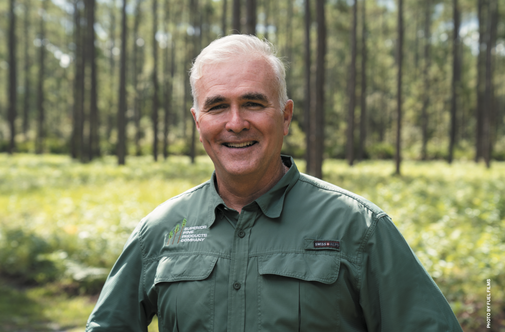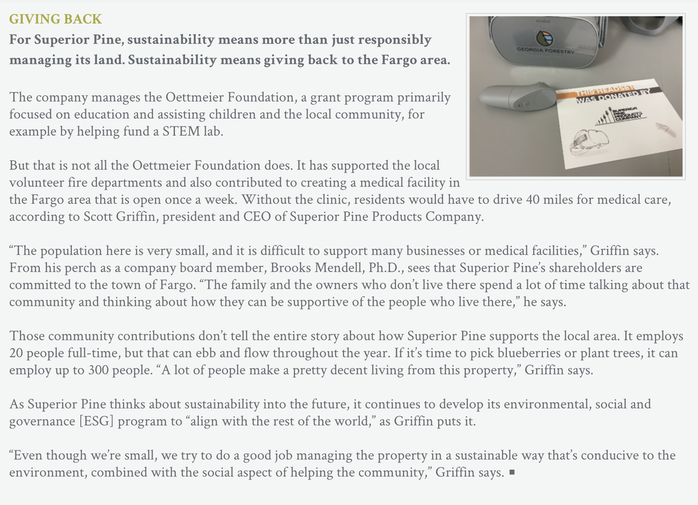Ready for Anything
Superior Pine Embraces a Growth, Diversification Strategy
By Les Shaver
Fall 2021
 Scott Griffin, president and CEO of Superior Pine Products Company
Scott Griffin, president and CEO of Superior Pine Products Company

|
Georgia Forestry Magazine is published by HL Strategy, an integrated marketing and communications firm focused on our nation's biggest challenges and opportunities. Learn more at hlstrategy.com
|
